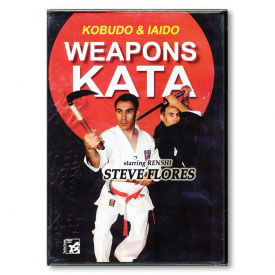

Also, watch out for poorly trained instructors, who teach the general pattern of the forms, but who do not understand the precise details or the reasons for them. Some younger people find the practice style a bit slow, and there is no form of direct competition in iaido. It is not an art for those who are impatient or who desire great activity. As stated above, it helps in the development of a calm, stable demeanor and, through attention to detail and continual refinement of the motions, orderly, precise thought patterns. Iaido training builds arm and leg strength and provides a gentle cardiovascular workout. Some of the major schools of iaido are: Muso Shinden Ryu, Muso Jikiden Eishin Ryu, and Shinkage Ryu. Iaido, perhaps more than any other martial art except kyudo (archery), develops a calm, clear mind in its practitioners. The unique drawing motion in most iaido kata is designed to draw the sword, to parry an oncoming cut, and to cut the opponent, all in one motion. He brought together many older styles of swordsmanship to create a system that was ideal for castle guards and sentries to use in defending against surprise attacks. The person most responsible for the creation of modern iaido was a man named Hayashizaki Jinsuke. This is another art that is popular with older people and non-athletes, since the relatively slow movements are not as taxing to the cardiovascular system as are the more active arts (though it is still extremely challenging). Practice is calm and quiet, since the most important feature of iaido is the development of zanshin (a calm, reflective mind), and the major difficulty to overcome is the extraordinary attention to detail required.


A kata typically consists of a draw, a parry, a major cut, a blade-cleaning motion, and a resheathing. Practice is made up almost entirely of kata, or pre-arranged sets of motion designed to respond to a particular attack by another swordsman. Iaido is a type of Japanese swordsmanship.


 0 kommentar(er)
0 kommentar(er)
